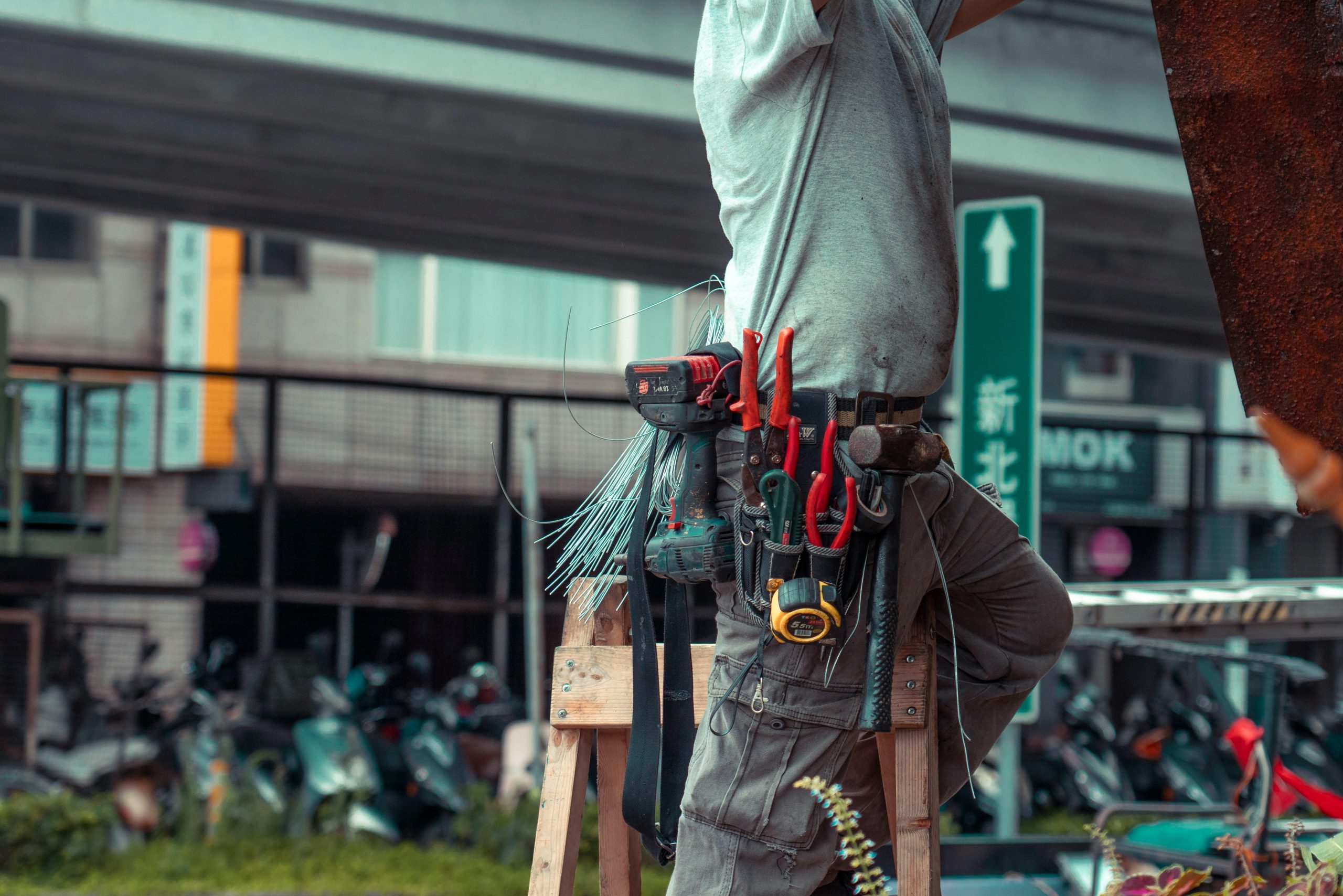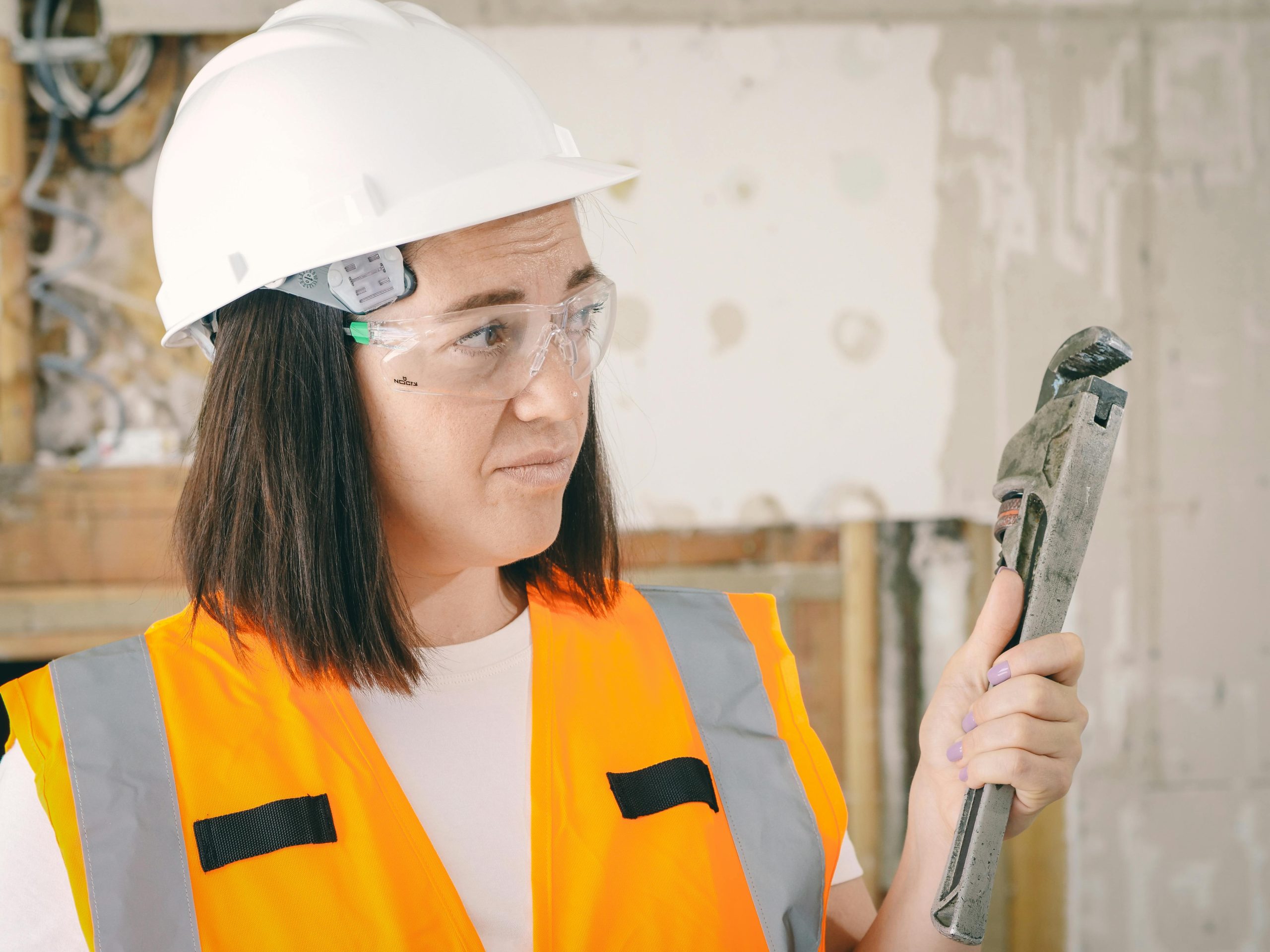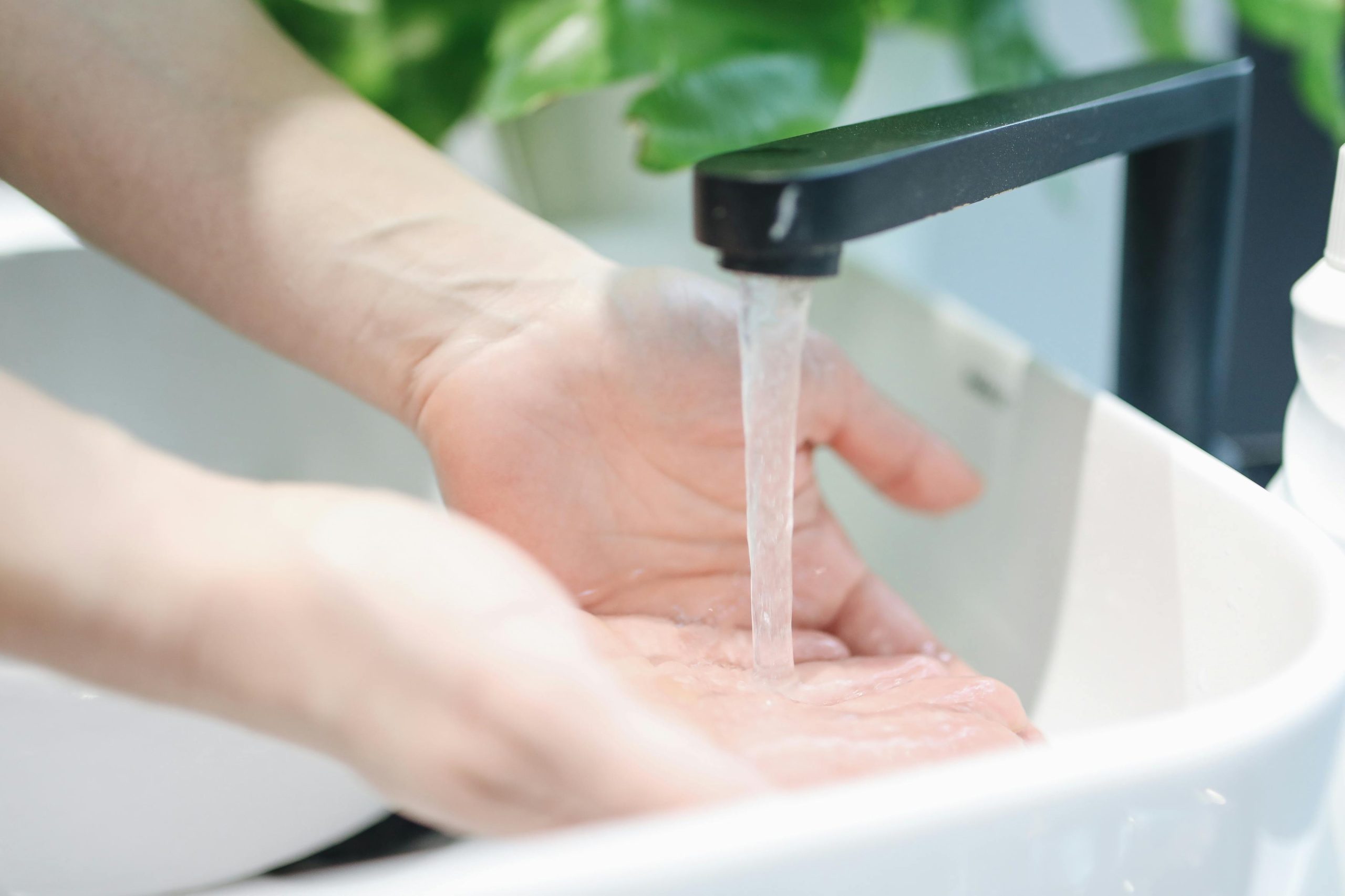Fire security plumbing comprises of a few parts, each serving a fundamental job in forestalling the spread of fire and safeguarding building tenants.
Fire sprinkler frameworks are apparently the most notable part of fire security plumbing. These frameworks are intended to consequently release water when a fire is identified, either through intensity or smoke.
The most well-known sort of sprinkler framework, wet frameworks, have water-filled pipes that release quickly when a fire is identified.

In conditions where freezing is a worry, dry frameworks contain compressed air or nitrogen that is delivered when a fire happens, permitting water to stream.

These frameworks require an extra fire discovery signal before water is delivered, diminishing the gamble of inadvertent release.

In these frameworks, all sprinklers associated with a water supply open at the same time, utilized in high-peril regions like synthetic plants.
Standpipes are upward pipes introduced in structures that give water to fire hoses and spouts situated on each floor. These frameworks guarantee firemen have simple admittance to water in huge structures, particularly skyscraper structures where arriving at a fire with an outer water supply may not be practical.
Fire hydrants are fundamental parts of fire security plumbing situated external structures, furnishing firemen with a dependable water source. These frameworks should be introduced decisively around a structure or local area, guaranteeing that firemen can rapidly get to water in case of a crisis.
Fire hydrants are administered by NFPA 24, which subtleties the plan, establishment, and testing of private fire administration mains and their related hardware.
While sprinkler frameworks are great for some kinds of flames, there are occasions where water may not be the best stifling specialist, for example, fires including electrical gear or combustible fluids. In such cases, particular fire concealment frameworks are utilized, which can include gas, froth, or dry synthetics.
Fire security plumbing is administered by a few codes and principles, guaranteeing that frameworks are planned, introduced, and kept up with to the most noteworthy wellbeing levels. The Public Fire Assurance Affiliation (NFPA) is one of the essential associations that set these norms, giving rules to fire sprinkler frameworks (NFPA 13), standpipe frameworks (NFPA 14), and fire hydrants (NFPA 24), among others.
Diagrams the prerequisites for the plan, establishment, and support of sprinkler frameworks.
Appropriate upkeep of fire security plumbing frameworks is fundamental to guarantee their unwavering quality in a crisis. Standard reviews and testing are expected to recognize possible issues before they become basic, like consumption in lines, breaks, or valve glitches.
Guaranteeing that sprinkler heads are liberated from hindrance and erosion, and that the framework is completely functional.
Checking for spills, guaranteeing pressure is kept up with, and testing stream rates.
Ordinary flushing of fire hydrants to guarantee they are liberated from garbage and fit for giving satisfactory water stream.
Fire security plumbing is a basic part of current structure wellbeing, including a large number of frameworks intended to distinguish, control, and quench fires. From sprinkler frameworks and standpipes to fire hydrants and concealment frameworks, these parts cooperate to safeguard lives and property.
